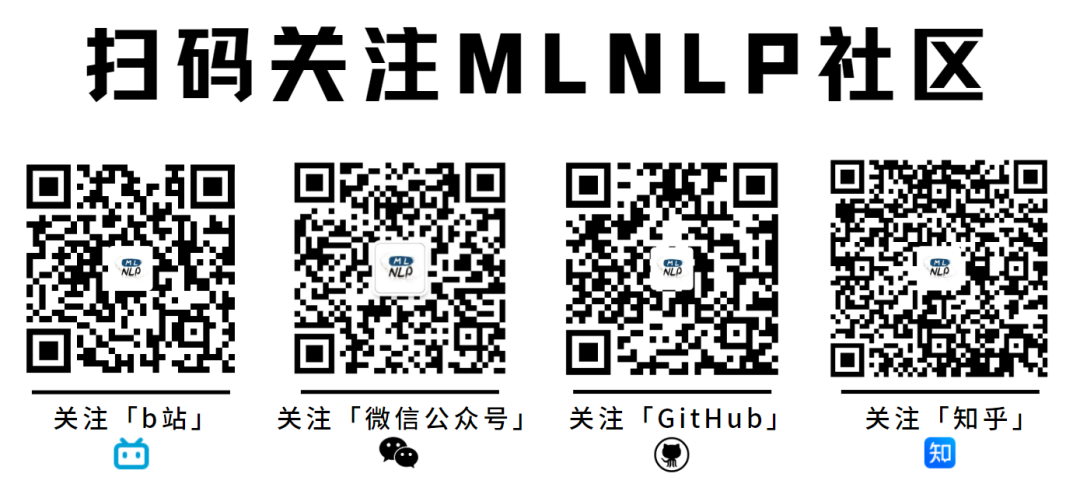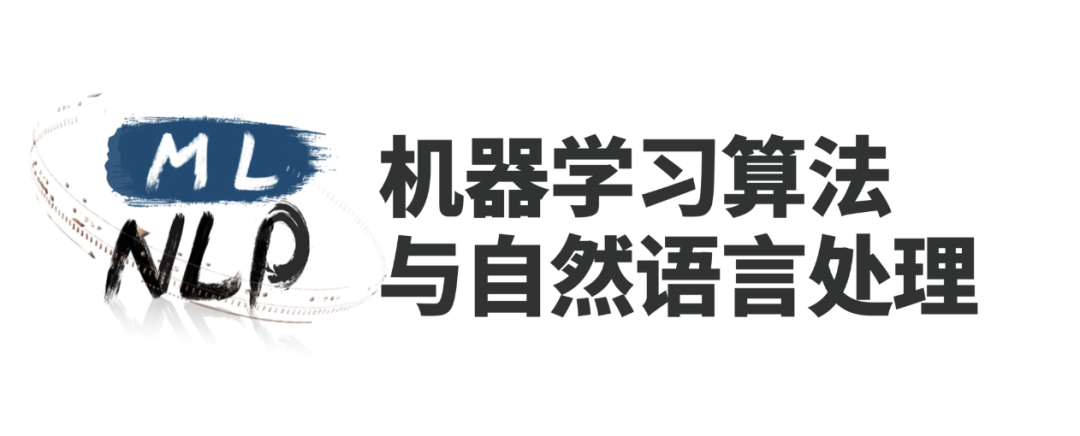

Paper Title: CAMEL: Communicative Agents for “Mind” Exploration of Large Scale Language Model Society Paper Link: https://ghli.org/camel.pdf Code Link: https://github.com/camel-ai/camel Project Homepage: https://www.camel-ai.org/
-
“CAMEL” (Camel: Large Model Mental Interaction Framework) – Released on 2023.3.21 -
“AutoGPT” – Released on 2023.3.30 -
“BabyGPT” – Released on 2023.4.3 -
“Westworld” simulation — Released on 2023.4.7
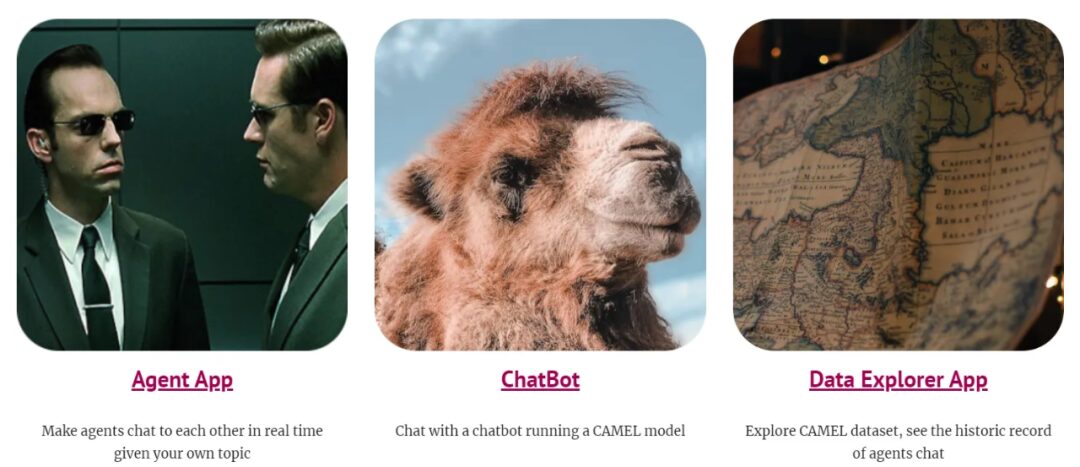
1. CAMEL Framework
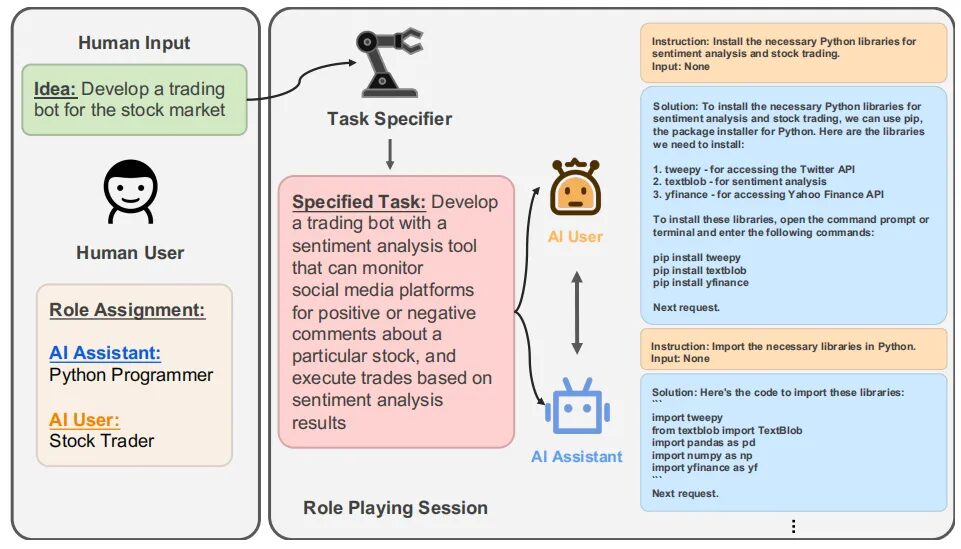


2. CAMEL Usage Examples
2.1 Cooperative Role-Playing

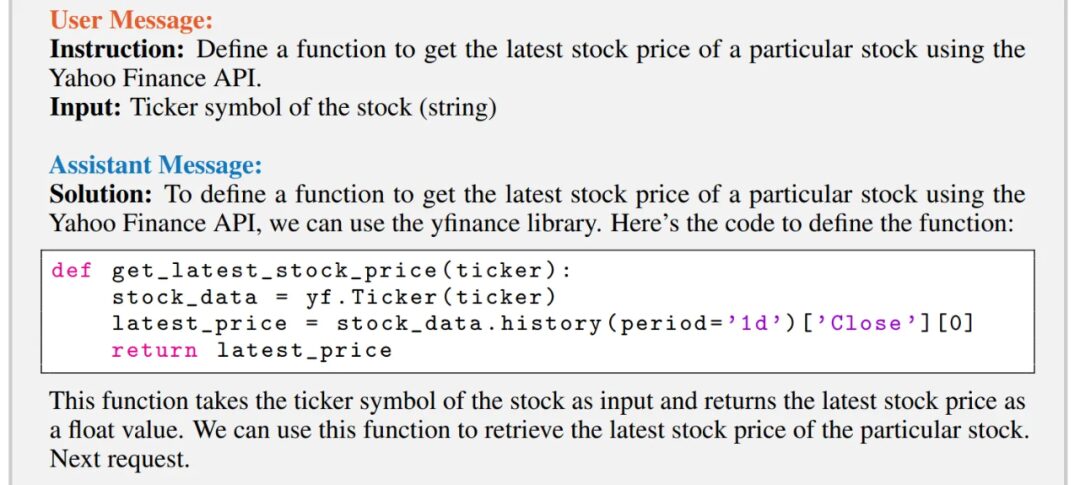
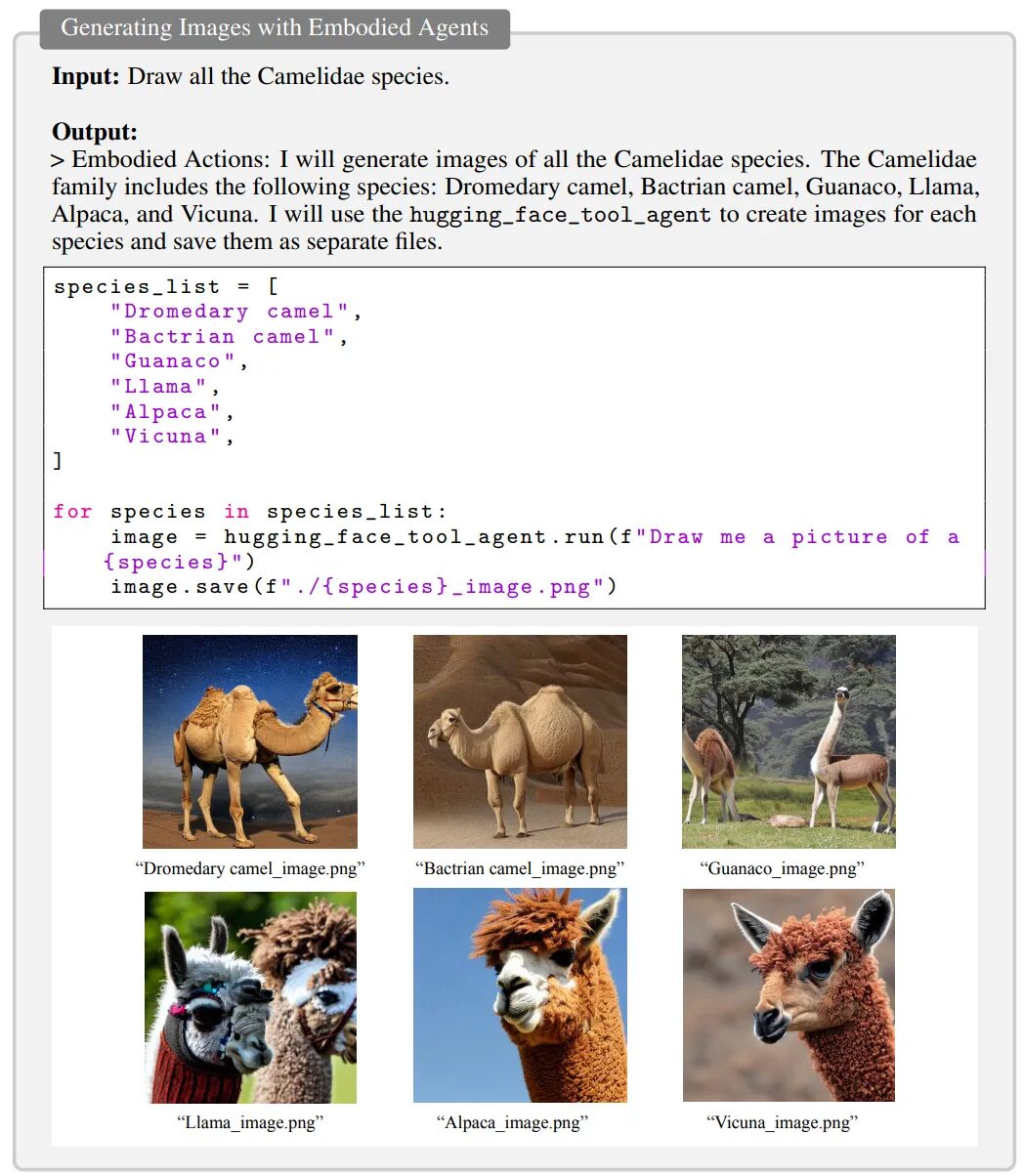
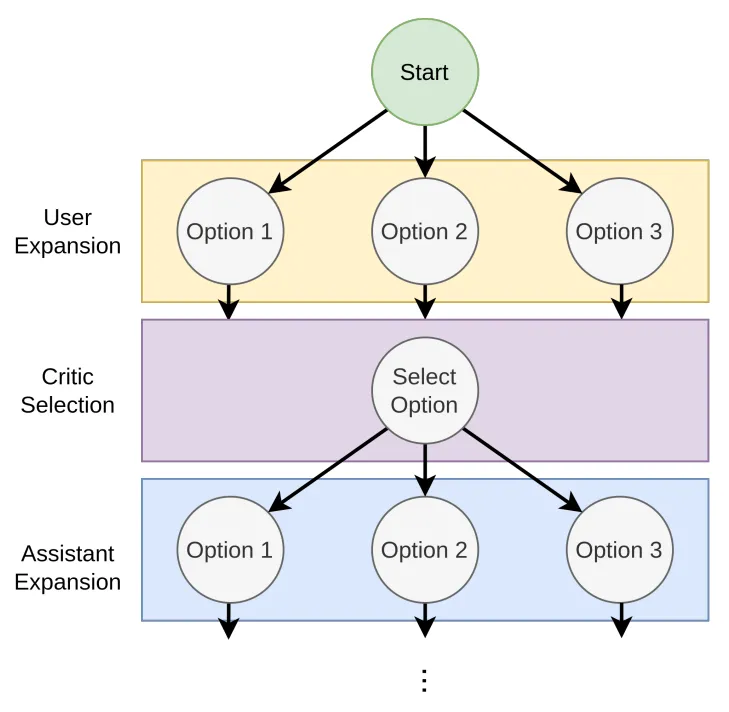
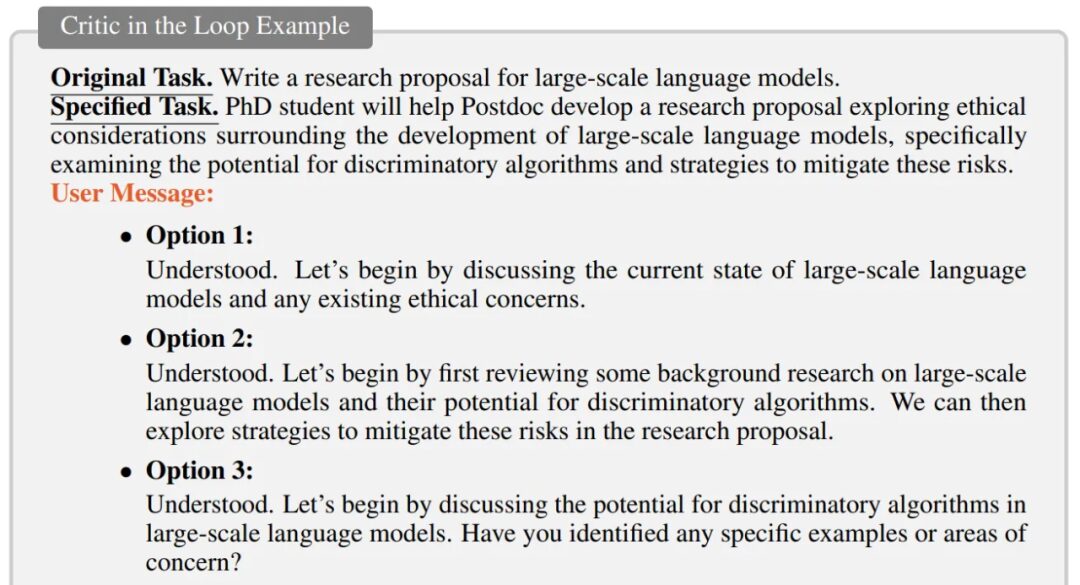
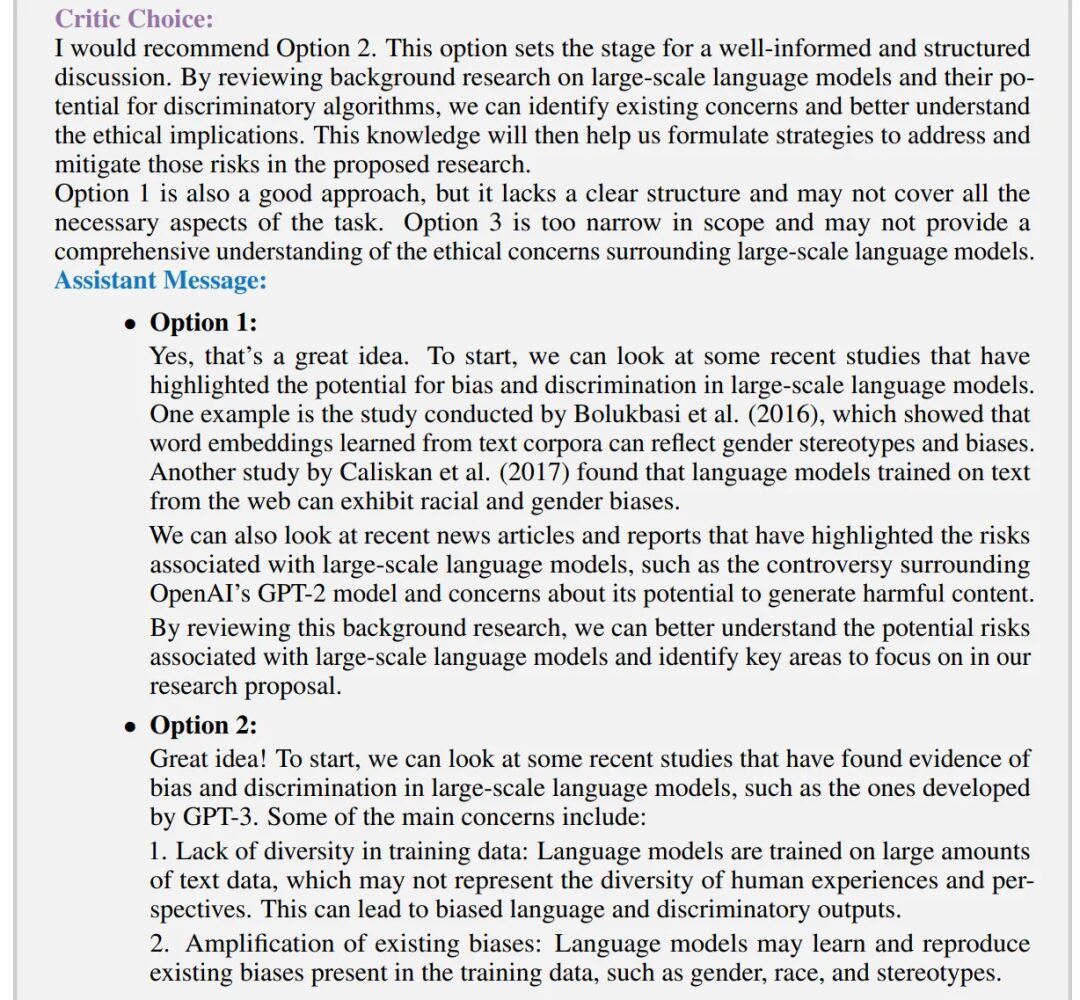
3. Experimental Results

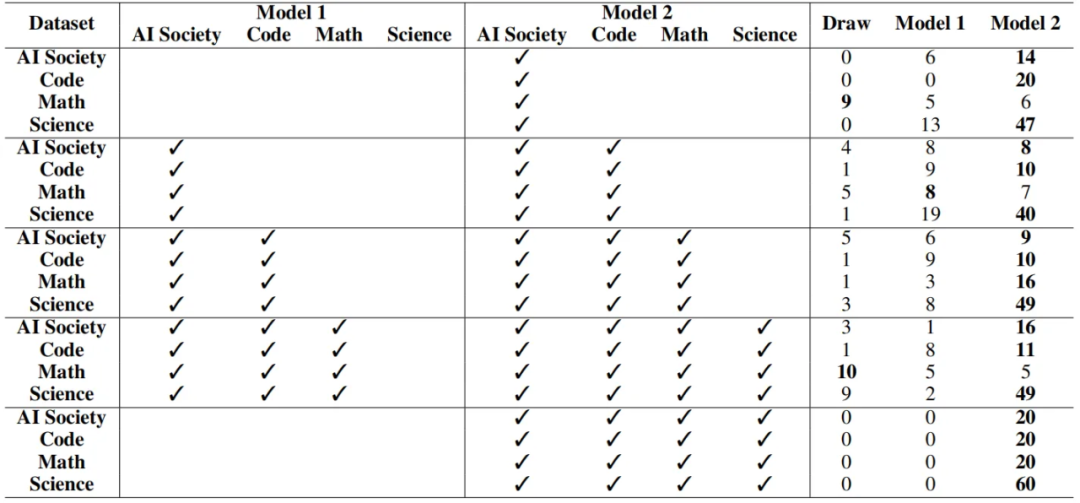

4. CAMEL AI Open Source Community




Scan the QR code to add assistant WeChat
About Us
